Dungeness Crab
Common name: The Dungeness Crab
Scientific name: Metacarcinus magister
Size Range: The carapace width of the Dungeness Crab is typically under 20 cm (7.9 in), but can be up to 25 cm (9.8 in). Females can be up to 18 cm (7 in) wide.
Identifying Features
Dungeness Crabs have five pairs of legs, the first pair of which end in claws that are used for defense and for tearing apart large food items. The crab uses its other appendages to pass food up to its mouth. Dungeness Crabs are grey-brown in colour with a purple carapace, a yellow underside, and yellow claws with white tips.
Habitat
Dungeness Crabs are found along the west coast from Santa Barbara, California to Alaska. The crabs live in sand-mud or Eelgrass beds. They prefer sandy offshore waters, but younger crabs can be found in the intertidal zone. Dungeness Crab can be found in the shallow waters of bays in the intertidal zone and as deep as 225 m (750 ft).
Prey
The Dungeness Crab feeds on a wide variety of organisms including; marine worms, mollusks (bivalves, oysters, clams, snails, etc.), small crustaceans (shrimp) small fish, and smaller crabs. They use their claws to tear their food into smaller pieces. They then use two small mandibles to crush food. The food then passes through the “gastric mill”, a collection of tooth like structures, which further crushes and breaks down food for digestion.
Predators
The predators of the Dungeness Crab include fishes such as Dogfish (Squalus sp.), hake, halibut, Lingcod (Ophiodon elongates), sculpins, and Wolf Eels (Anarrhichthys occelatus). Octopuses as well as humans also eat them.
Life Cycle
Mating occurs in near-shore coastal locations outside of estuaries. Mating occurs most commonly in May and June between hard-shelled male crabs and newly molted, soft-shelled female crabs. The female stores the sperm in a seminal receptacle until the fall, when the eggs are fertilized. When the eggs are extruded, the resulting mass, often called the sponge, is attached to the female. A large female can carry over 2.5 million eggs. Females carrying eggs usually bury themselves in sandy beaches during the fall. Eggs hatch 2 to 3 months after being laid. Dungeness Crab larvae are planktonic and propel themselves using tidal currents. They pass through the zoea stage and then the megalops stage. During the megalops stage they are very fast swimmers and large swarms of them can be found in sandy bays zipping around the surface of the water looking somewhat like sea lice with their large heads and legs tucked in. They also have reflective green eyes at this stage. Some larvae will hitch hike on jellyfish in order to travel to estuaries. After the megalops stage they will molt into a juvenile crab that is only around 1cm across. They settle to the sandy bottom in shallow coastal waters and begin to dig into the sand to hide. When they sense food they quickly emerge from the sand to find it. Each crab will molt up to 15 times in its life, which is estimated to be 8 to 13 years.
References
Dungeness Communications, Inc. ( 2005). The Dungeness Crab. Dungeness Community Web Site. Retrieved April 18, 2013 from http://www.dungeness.com/crab/index.htm
Harbo, R.M. (2006). Whelks to Whales: Coastal Marine Life of the Pacific Northwest. Madeira Park, British Columbia: Harbour Publishing.
Luchterhand, W. ( Spring 2009). Cancer magister, Dungeness crab. Web Pages for Multiple Organisms. Retrieved April 17, 2013 from http://bioweb.uwlax.edu/bio203/s2009/luchterh_wesl/
Pacific States Marine Fisheries Commission. (December 16, 1996). DUNGENESS CRAB. Pacific States Marine Fisheries Commission. Retrieved April 18, 2013 from http://www.psmfc.org/habitat/edu_crab_fact.html
Personal observations (2013). The aquarium in Mr. Young’s classroom at Victoria High School.
Sheldon, I. (1998). Seashore of British Columbia. Edmonton, Alberta: Lone Pine Publishing.


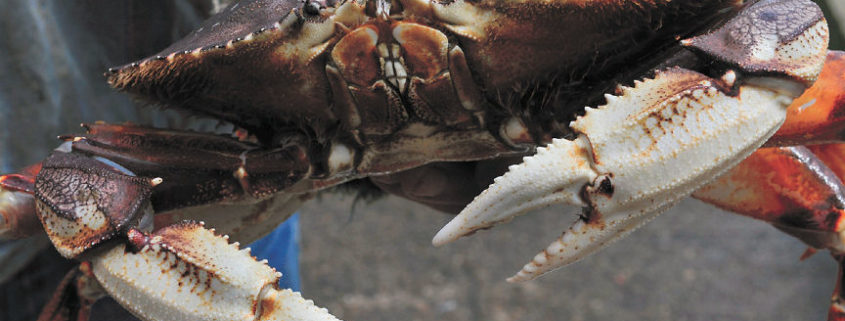
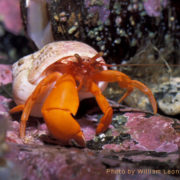
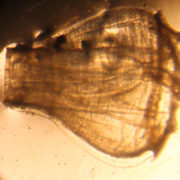
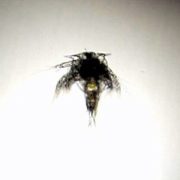
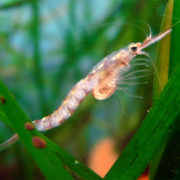
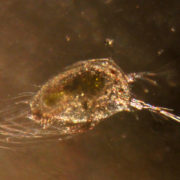
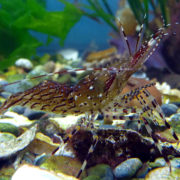
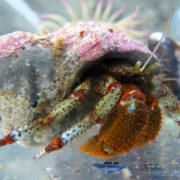


Leave a Reply
Want to join the discussion?Feel free to contribute!